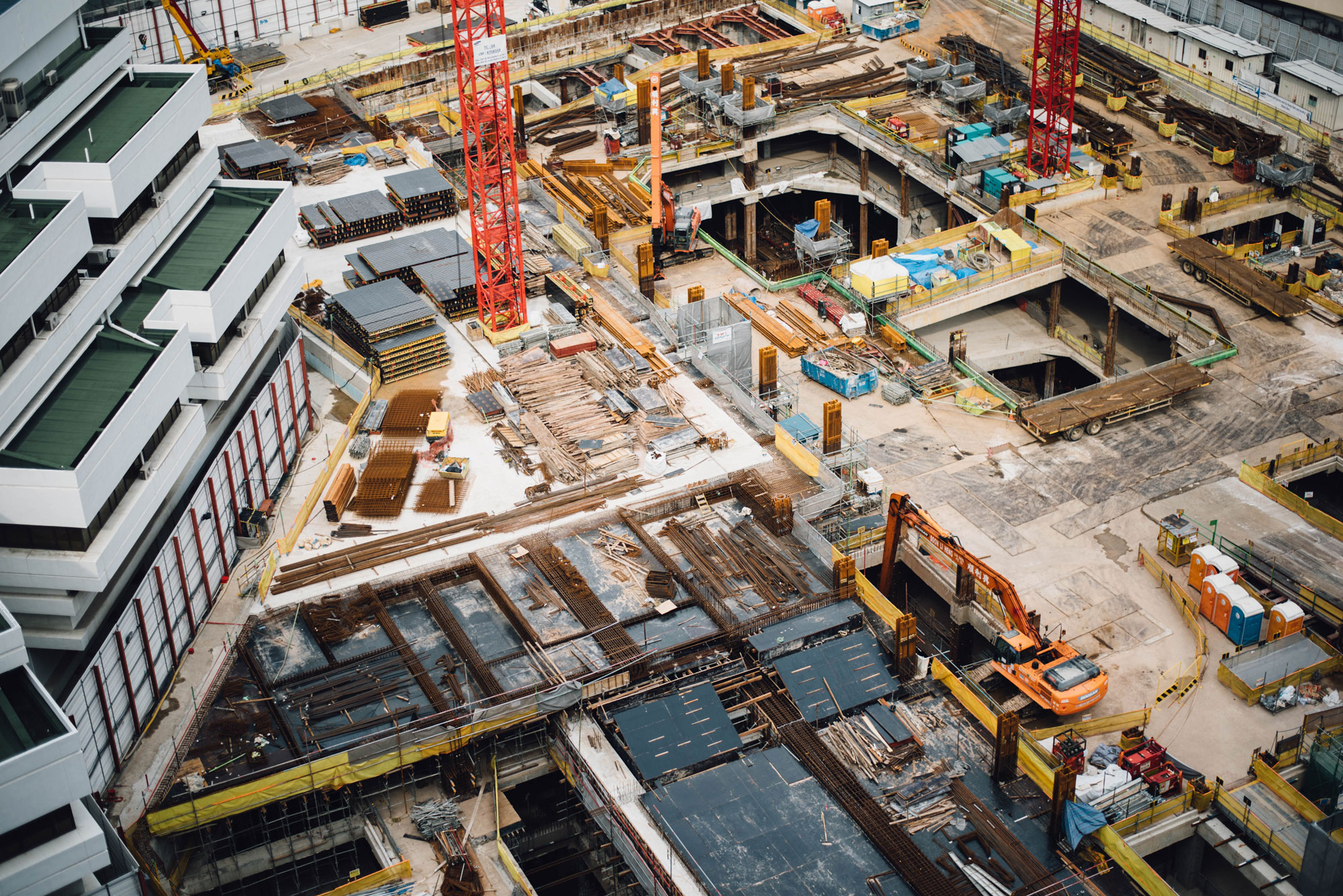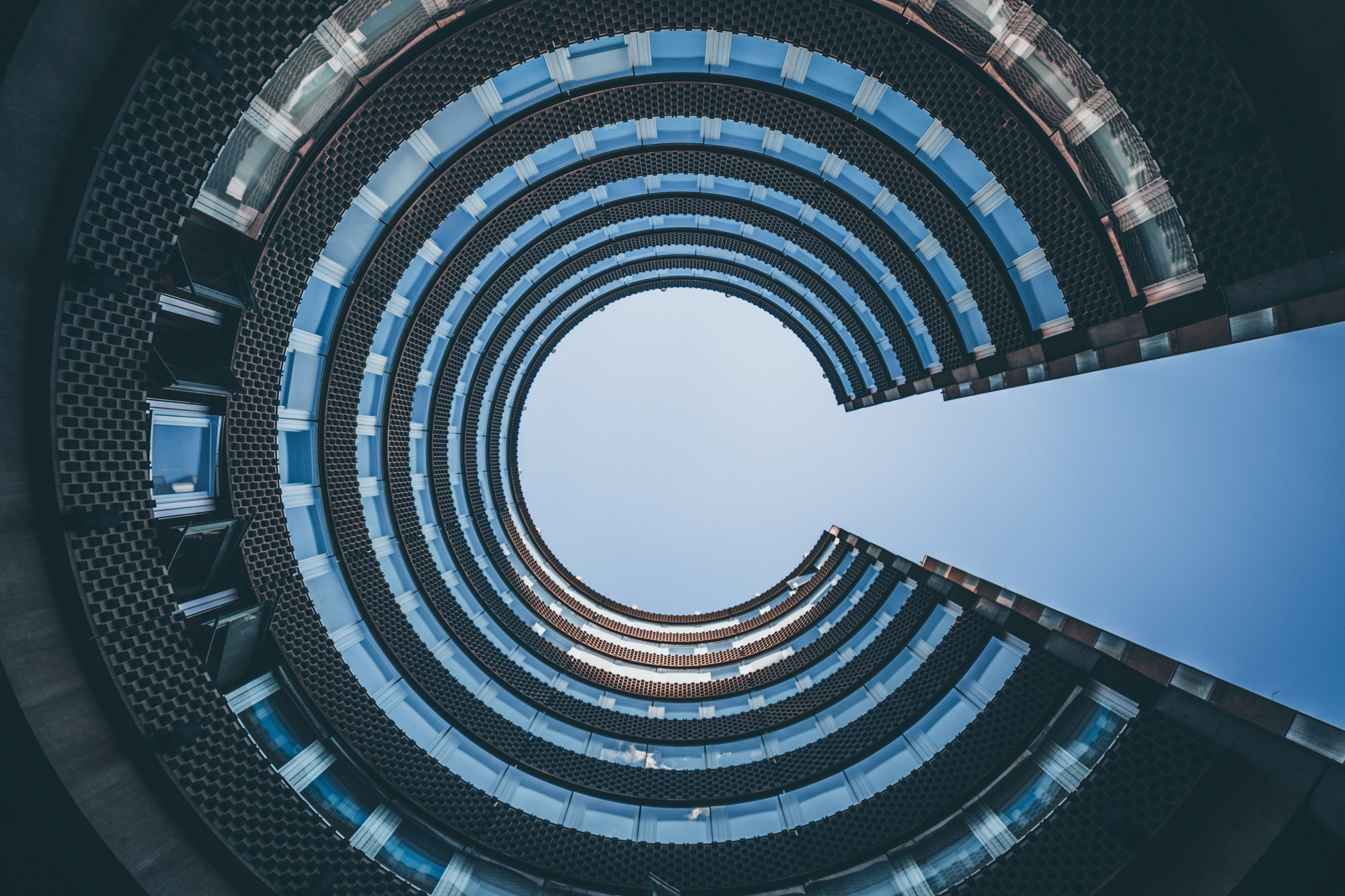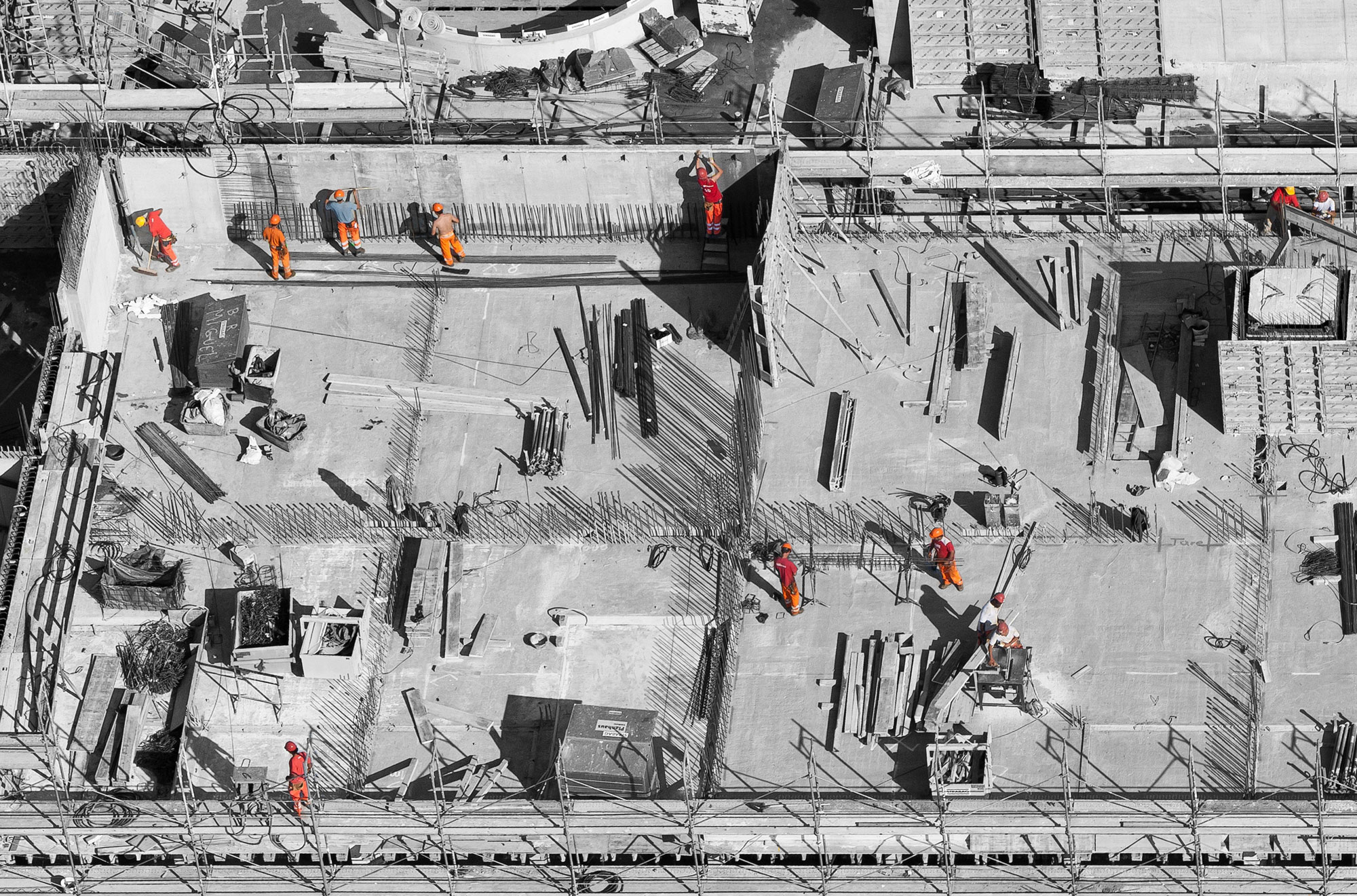CDM 2015: Principal Designer Duties
A Principal Designer must be appointed, in writing, as soon as practicable.
This is if there is, or may be, more than one contractor. A “Principal Designer” is the designer in control of the pre-construction phase.
A Principal Designer must plan, manage, monitor and coordinate the preconstruction phase of a project, to ensure that:
- the project is, so far as is reasonably practicable, carried out without risks to health or safety;
- foreseeable risks to the health or safety of those constructing, cleaning, maintaining or using a structure are identified and, so far as is reasonably practicable, eliminated or controlled; and
- designers comply with their duties.
The “pre-construction phase” is any period of time during which design or preparatory work is carried out for a project. It can, and usually will last until the end of the construction phase.
The duty to plan, manage, monitor and coordinate the pre-construction phase of a project is absolute, it is only the duty to identify, avoid or reduce risk which is subject to being reasonably practicably.
A Principal Designer assist the client in the preparation of the pre-construction information and ensure that the information is promptly provided in a convenient form to designers and every contractor who has been or may be appointed by the client.
The Principal Designer must also ensure that a health and safety file is prepared but once again does not need to do this themselves.
Their final duties are to ensure the cooperation of all persons working on the project and liaison with the Principal Contractor for the duration of the project.
They must in particular liaise with the Principal Contractor regarding any information which they may need to prepare the construction phase plan or which may affect the planning and management of the construction work.
The HSE and CITB have produced specific guidance which can be viewed below.





